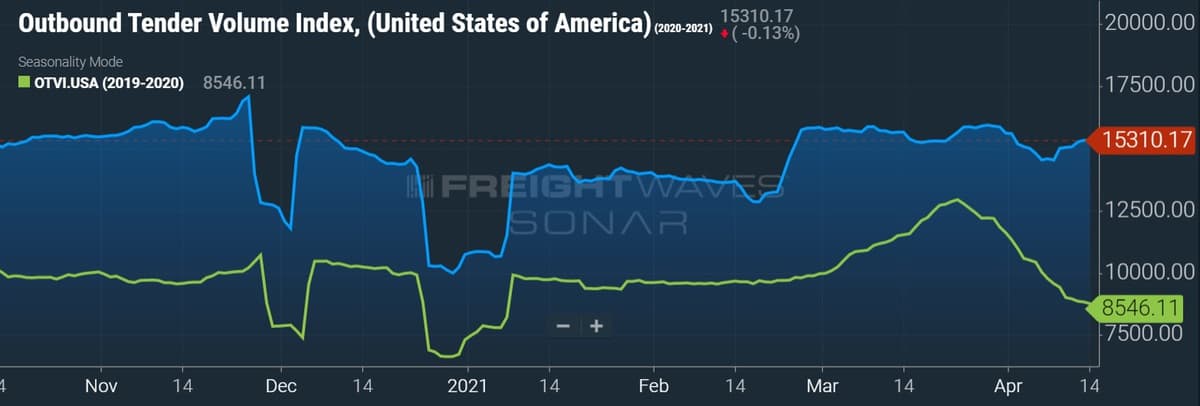Retail sales, including food services, increased 9.8% sequentially in March, according to Thursday Census Bureau data. The pop in sales highlights the impacts of widespread vaccinations and federal stimulus payments to consumers.
On a year-over-year comparison, sales were up 27.7% for the month and 14.3% for the first quarter. The comparison to 2020 is clouded by a sharp rise in pantry stocking in the first few weeks of the pandemic’s onset, followed by a sharp falloff as shutdowns spread.
“American households are clearly feeling the full effect of additional fiscal stimulus, gains in the job market and the reopening of the economy,” said Matthew Shay, National Retail Federation president and CEO. “Although there have been some recent issues related to vaccines, consumer confidence remains high and an optimistic outlook for the future continues to grow.”
The retail-only category was up 16.4% year-over-year for the first quarter.
Restaurant and bar sales moved 13.4% higher from February, a month that had many consumers home during a nearly two-week stretch of severe weather in most parts of the country.
“February’s severe winter weather kept many consumers at home, causing retail sales to fall across many categories. But March’s spring weather brought extra bright spots with further vaccine rollout and more stimulus checks hitting bank accounts, leading to a major surge in sales across all retail sales categories,” stated Naveen Jaggi, president of retail advisory services at JLL (NYSE: JLL), one of the world’s largest landlords, in a statement to FreightWaves.
The snapback in demand from the weather events was seen in FreightWaves’ Outbound Tender Volume Index. By the third week of February, carriers began digging out from the freight backlogs that accumulated during the storms. By month’s end, volumes had surged to levels seen during the 2020 peak season.

Trucking volumes have remained at elevated levels since, as more of the economy comes back online and retailers continue to address diminished inventory levels. The high-demand environment is expected to linger as containers continue to flood U.S. ports. The NRF’s forecast calls for 11.99 million twenty-foot equivalent units to land in the nation’s top container ports in the first half of the year, a 26.9% year-over-year increase.
Virtually every store category in the Census Bureau dataset jumped in the month. The exception was grocery, which faced a tough comparison from the early days of the outbreak.
Furniture and home furnishing sales increased 5.9% from February and 46.8% year-over-year. Building materials and garden supplies (+12.1% and +29.4%, respectively), clothing (+18.3% and +101.1%, respectively), sporting goods (+23.5% and +73.5%, respectively) and nonstore sales, or e-commerce, (+6% and +28.7%, respectively) were some of the notable categories with regard to trucking that advanced in the month.
The sequential comps were favorable given February weather events and March stimulus checks. The year-over-year comps certainly benefited from last year’s lockdowns.
“Today’s data confirms reports that people are going out and spending and that in-store traffic has picked up,” said Jack Kleinhenz, NRF chief economist. “After a disappointing February, there was a perfect alignment of factors supporting a surge in shopping in March.”
The group is forecasting retail sales to climb as high as $4.4 trillion in 2021, a 6.5% to 8.2% year-over-year increase.
“The dramatic increase of nearly 18 percent in March retail sales over the same period last year confirms that a confident consumer is driving the economic rebound, and that should continue through the remainder of 2021,” Shay added.







